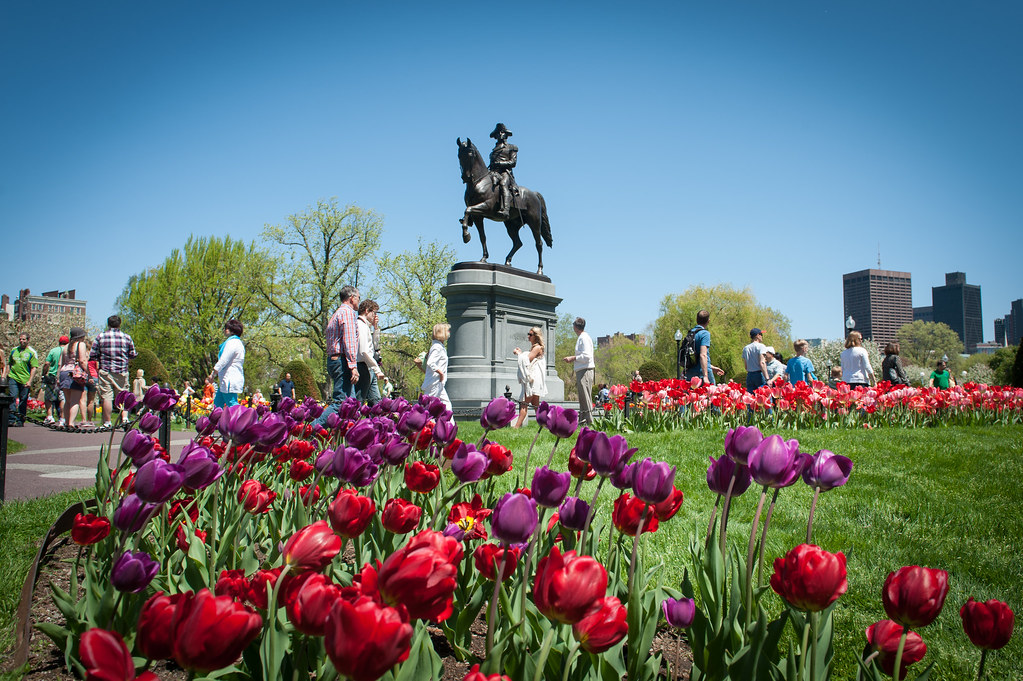The contemplation of death often evokes a complex array of emotions, particularly when grappling with the loss of a loved one. A poignant inquiry from Texas—’Is it true that I won’t be able to hug my grandma again in heaven?’—highlights a significant cultural practice known as hug burials. This heartfelt tradition is not simply a novel concept; it serves as a symbolic gesture aimed at preserving relationships in the afterlife. In various cultures, hug burials represent a promise of reconnection, underscoring the belief that bonds formed in life endure beyond death. Ultimately, this practice embodies hope, fostering the anticipation of embracing those we have lost once more, offering a comforting thought in times of grief.
Hug burials challenges our conventional beliefs.
Understanding hug burials requires us to delve deeper into the human experience surrounding loss. When we lose someone dear, we often grapple with the reality that our physical interactions—like hugs—are now gone. However, the idea of a hug burial offers a unique perspective. It invites us to redefine our expectations of relationships in the afterlife. The notion that our spirits, although ethereal, can still engage in tangible expressions of love—like hugging—brings a soothing comfort to many, helping to ease the pain of loss.
Moreover, it challenges the conventional beliefs that dismiss such possibilities. The essence of the hug burial is not merely about physical touch but rather the spiritual connection that transcends earthly limitations. It’s an invitation to envision a future where love is unbroken and relationships are renewed. The question L. from Texas posed highlights a common concern: the fear of separation, even in the afterlife. This anxiety can stem from the belief that our existence in a spiritual realm means losing the essence of our humanity, including the ability to touch and hold our loved ones.
In addressing this fear, one must consider the narratives found in various religious texts and cultural stories. For instance, many religious traditions emphasize the resurrection of the body and the glorified state of existence in the afterlife. The idea here is that while our earthly bodies are left behind, a more profound, spiritual embodiment awaits us. This concept aligns seamlessly with the hug burial philosophy, which posits that upon reuniting, we will not just recognize our loved ones but will also have the capacity to interact with them in loving ways, providing a sense of continuity and peace.
This thought resonates deeply with many. When considering the example of Enoch and Elijah, who bypassed death and now reside in heaven, one can’t help but wonder about their experiences. If they retained their physical forms, what’s to say that we won’t also share in a similar experience? The idea of a hug burial reminds us that our spirits are not devoid of body; rather, they exist in a different form that may still facilitate emotional expressions like hugs.
Additionally, the stories of Jesus interacting with his disciples after his resurrection provide compelling evidence. He was not merely a spirit floating about; he engaged in eating and socializing, showcasing that physicality in a glorified state is indeed plausible. Imagine what it would be like to embrace those we love again, to feel the warmth of their presence, and to share in the joy of reunion. The concept of hug burials allows us to visualize these connections vividly, reaffirming that love endures all, even death.
Moreover, the broader implications of hug burials extend into our current lives. Understanding that our relationships can transcend physical boundaries encourages us to cherish our connections on this earthly plane. It reminds us to express love today, not waiting for tomorrow or the uncertainties of the afterlife.
On a personal note, reflecting on hug burials can evoke powerful emotions. It is a reminder to appreciate the moments spent with loved ones and to foster connections that can withstand the test of time and beyond. We are encouraged to embrace our loved ones fully, making every hug count, knowing that these expressions of love are what keep our relationships alive, even after passing.
The idea of hug burials isn’t just a whimsical notion; it’s a beautiful testament to love’s enduring power. It invites us to consider the nature of our relationships beyond death and encourages us to hold on to the hope of reuniting with those we miss dearly. As L. from Texas navigates her grief, she can find solace in the belief that her grandma waits with open arms for that long-awaited hug. The journey of hug burials is about love—renewed, everlasting, and full of promise. So, let’s celebrate the connections we have now and hold onto the hope that one day, we will embrace again, in body and spirit, in a hug that transcends time and space, offering a comforting vision of the future.
The process of hug burials is as intriguing as the concept itself, inviting us to explore not just the ritual, but the emotional depth it encompasses. To engage in a hug burial is to embrace the notion of physical touch as a sacred language that transcends mortality. This practice is rooted in the belief that the essence of our relationships can flourish even after death, creating a powerful emotional connection that is both tangible and ethereal. As we delve into the details of how hug burials are conducted, we uncover a profound layer of understanding that illuminates the intentions behind this poignant ritual.

The hug burials was endowed with great significance.
A hug burial often begins with a gathering of family and friends, each person carrying their own memories and emotions tied to the deceased. This confluence of love and grief sets the stage for an intimate ceremony. The environment is typically filled with heartfelt remembrances, where stories are exchanged, laughter mingles with tears, and the energy in the space is palpable. This is not a farewell but a celebration of life, reinforcing the bond that exists among those who remain, creating a shared space of love and remembrance.
At the center of the ceremony is the act of hugging, which serves as a symbolic gesture of love and connection. Participants take turns embracing the deceased, often in a setting that allows for the body to be present, whether it be in an open casket or a more personal setting, such as a garden or home. Each hug is filled with intention, a silent promise that love does not cease with death. This act transcends the physical; it becomes a ritual of emotional release and affirmation. People often describe feeling a sense of closure, a moment where they can communicate unspoken words and emotions through the warmth of their embrace.
As each hug unfolds, there is an undercurrent of hope that resonates within the hearts of those present. The belief that the deceased is aware of these gestures creates an emotional bridge that allows loved ones to feel connected, even in separation. This practice encourages participants to express feelings that may have been left unsaid during the person’s life, facilitating healing and allowing for a shared experience of love and remembrance.
The emotional connection fostered by hug burials often extends beyond the ceremony itself. Those who partake in this ritual frequently report a sense of comfort and peace, knowing that they have honored their loved one in a deeply meaningful way. This practice serves as a reminder that grief is not just an expression of sadness; it is also a testament to the depth of love shared. It invites individuals to reflect on their relationships, bringing forth an appreciation for the moments spent together, no matter how fleeting, and fostering a deeper connection to those memories.
Moreover, the aftermath of a hug burial can spark conversations about life, death, and the nature of love—conversations that might not have occurred without this profound experience. Family members may find themselves discussing their own feelings around loss, sharing stories about the deceased, and exploring what the next steps in their grieving process might look like. This communal aspect of hug burials fosters a supportive environment, where individuals can lean on one another as they navigate their grief.
Another fascinating aspect of hug burials is how they challenge societal norms surrounding death and mourning. In many cultures, discussions about death are often shrouded in a veil of discomfort, but the practice of hug burials encourages open dialogue about the impact of loss and the importance of emotional expression. It invites people to reconsider how they view death—not as an ending, but as a transformative experience that can bring people closer together.
The act of hugging itself carries a wealth of emotional significance. Hugs are known to release oxytocin, the bonding hormone, which can help ease feelings of sadness and promote healing. In the context of a hug burial, this biological response intertwines with the emotional release, creating a powerful combination that can facilitate a deeper understanding of love and connection. Participants often leave the ceremony feeling lighter, having shared an experience that reaffirms their bond with the deceased and with each other.
As we explore the emotional landscape of hug burials, we encounter the courage it takes to face grief and the beauty that arises from shared vulnerability. This practice encourages individuals to confront their emotions head-on, breaking down barriers that might exist in their interpersonal relationships. It allows for raw, honest conversations about the complexities of love and loss—conversations that can lead to healing and renewal.
In the spirit of renewal, hug burials also inspire individuals to reflect on their current relationships. The idea that love can transcend physical boundaries encourages people to appreciate the connections they have in the here and now. It serves as a powerful reminder to express love openly and often, nurturing relationships while there is still time. This mindset fosters deeper connections, allowing individuals to experience the fullness of love in their lives.
Ultimately, the process of hug burials serves as a bridge between this life and the next, allowing us to navigate the complexities of grief while celebrating the enduring power of love. It invites us to expand our understanding of what it means to connect with those we have lost, offering hope that our relationships continue to flourish beyond the confines of mortality. As we embrace this practice, we become participants in a beautiful, ongoing narrative of love and connection that extends into eternity.

Hug burials serve as a profound pathway to healing and renewal, reinforcing our emotional connections to loved ones. They illustrate that while death may physically separate us, the bonds formed in life can transcend time and space, allowing love to thrive in unexpected ways. As we confront our own experiences of loss, embracing the essence of hug burials enables us to carry our love forward, nurturing connections that resonate beyond this life. Ultimately, the journey of love is unconfined by earthly limitations; it is an enduring embrace that awaits us all, offering a timeless connection that transcends the boundaries of life and death.
Related posts:
Hugs in Heaven?
How does God want you to deal with broken relationships?
Renewing lost love





